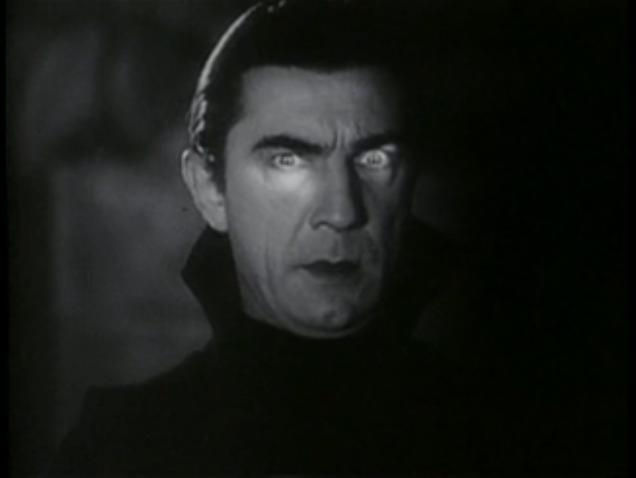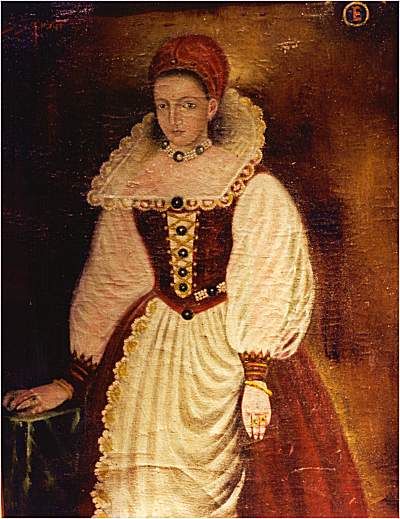List of Famous Vampires
Lord Ruthaven - Attributed as one of the first vampires in the English literature, Lord Ruthaven appeared as the titular character in the influential 1819 short story The Vampyre. This story painted the way for the creation of many stage plays with the Lord Ruthaven in a role of an antihero, and the creation of the much-celebrated novel "Dracula" by Bram Stoker in 1897. In the modern day culture where Bram Stoker's Dracula and Bela Lugosi's portrayal of Nosferatu is viewed as a basis of all vampire culture, Lord Ruthaven fame remains small but ever present.
Count Dracula ( Vlad Tepes)- Primary antagonist of the famous Bram Stoker's novel Dracula is today viewed as one of the most influential vampire characters, whose fame enabled the spreading of the vampire myth across entire Europe like wildfire. Inspired by the life of the notorious Romanian nobleman and general Vlad Tepes (better known as Vlad III the Impaler), Bram Stoker masterfully infused the local folklore myths of the Balkans and Slavic people and Christian religion, forming all the modern day traits of a vampire - fear of mirrors, garlic, drinking blood, immortality and many more. German filmmakers adapted the myth of Count Dracula into 1922 movie Nosferatu, also a very influential vampire who had much more pronounced horror features, such as disfigured body, hands, and face.
Elizabeth Báthory - This late 16th and early 17th century countess from Hungaria is today best remembered as one of the most prolific female serial killers of all time. During her life she and her collaborators tortured and killed hundreds of girls (number ranging from 650 to the 80) in never confirmed attempt to gain eternal life and youth. Because of her immense cruelty, she was often compared to the TransWallachianilvanianVlad III the Impaler, and often called Blood Countess or Countess Dracula.
Viscount de Morieve - This French nobleman is today remembered for the string of murders that accompanied his death and the moments when his mausoleum was repaired several decades later. Fueled by the local mania surrounding vampires, many of the dead children that were found at that time were apparently wounded with the two vampire teeth bite mark in the neck, and according to some stories, 70 years after his death officials and religious priests opened his grave, found him preserved, and ended his undead existence by beheading him and driving a wooden stake through his heart.
Highgate Vampire - In the early 1970s, one of the most famous English cemeteries was reportedly haunted by a vampire. This hugely popularized event was built on the tales of two witnesses who in two separate events saw the rising of the dead from the graves, and countless of people were convinced that they've seen ghosts. The most famous tale was that the ancient Wallachian count who practiced dark arts was buried there was roused from his death by modern Satanist.
Arnaud Paole - This Serbian hajduk (freedom fighter) was reportedly one of the most famous Serbian vampires who during the 18th century slaughtered 16 persons after he became a vampire in his native village of Medveđa, near Paraćin. This case received much attention from the media because it was investigated by the official physicians and officers of Austrian court. Their conclusion that he was indeed vampire was widely circulated across the western Europe and managed to fuel the rising fear of Vampires for many years to come.

